
|
Most people don’t know that combining lime juice and sun rays is a lethal combination. The resulting chemical reaction is called Phytophotodermatitis. This phenomenon occurs when your skin has any lime juice on it, making it hypersensitive to ultraviolet ray exposure. The result is a painful chemical burn.
Warning: The photos below are somewhat graphic. |
|
Recipe for disaster: This woman made margarita cocktails and did not rinse enough of the lime juice off. The result was a painful burn.
Non-discriminating: This chemical reaction can happen to any skin color or type. The lime makes your skin reactive to ultraviolet light, typically UV-A radiation, which can penetrate glass. If you’re at the beach you should have lathered on sunscreen anyways but if you’re indoors you might not be aware of UV-A rays. Symptoms: Many people assume its poison ivy or a bad sunburn. Symptoms include burning, itching, stinging, and large blisters can slowly accumulate. Symptoms usually begin within 24 hours of exposure and peak 48-72 hours after being exposed.
Inflammation: First you will experience the inflammatory stage, lasting from one to five days. This can be prolonged if you develop blisters and have a severe reaction.
Hyperpigamentation: Following inflammation is hyperpigamentation, lasting from weeks to months. The burning and painful symptoms subside, but the skin color may change.
If you’re exposed: If you only have a mild reaction, such as redness, burning or swelling, apply a 1% hydrocortisone cream three times a day. If your reaction is more severe, characterized by deep red pigment, large swelling, skin erosion and a lot of blistering, visit your doctor, who can prescribe a stronger cream. Treatments: Dermatologists can prescribe oral treatments, but there are also topical applications. Some doctors might prescribe bleaching creams to treat the hyperpigmentation.
Lime juice is not the only plant based liquid that can cause phytophotodermatitis. Photosensitizing compounds in parsnips, citrus fruits, carrots, celery, and figs can also induce the same chemical reaction. Other names: Phytophotodermatitis is also called Margarita Photodermatisis and Lime Disease (not to be confused with Lyme Disease). |
|
Hikers beware: Be careful if you go hiking because some wild dill and wildflowers also have photosensitizing oil or dander. New habit: If you do come into contact with citrus juice or wild plants, rinse off the juice or dander carefully. Make a habit of thoroughly scrubbing after handling any citrus fruits. The best way to prevent this burn is by being aware that it exists and sharing this information with others. |
H/T: buzzfeed.com
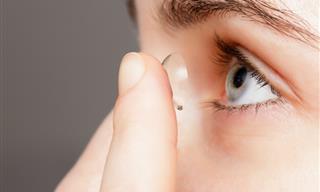
Why Contact-Lenses and Water Should NEVER Mix
Eye-health experts stress that showering with your contact lenses still on could lead to irreversible damage!

8 Herbs That Will Help You Cool Down This Summer
Alongside other health benefits, these herbs have natural cooling properties. This makes them the perfect addition to your food and drinks this summer!
 4:51
4:51
Ridiculously Bad Diet Advice You Should Steer Clear From
Following any diet advice blindly might be harmful to your body. Here, a doctor explains some of the worst diet tips you can follow.
 8:02
8:02
You Don’t Always Need to Hit the Gym to Lose Belly Fat!
Want to get rid of your belly fat but can't hit the gym? These effective tips might just do the trick.

Not Just Cardio: 6 Activities That Boost Heart Health
Can't manage to squeeze in a cardio class every week? Here are a few ways to sneak in cardio in everyday life and maintain heart health.

How to Support a Healthy Range of Motion: 3 Easy Exercises
Is sitting down and reaching up getting harder? Your range of motion may be declining. Here is how you can improve it and why doing so is essential.

9 Tips for Smelling Good All Day Long
Everyone feels self-conscious about the way they smell sometimes. These 9 tips will help you smell good and maintain it during the day.
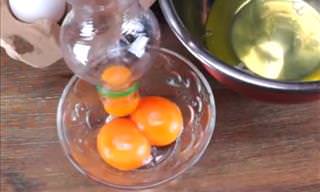
This Is How to Separate Egg Yolks: It's So Easy!
Whenever I've tried to separate egg yolks, my success rate has been very low, wasting time and eggs. But this video has taught me how to finally do it. Hurrah!

How to Stop Worrying and End Anxious Thoughts at Night
Are anxious thoughts hindering your sleep every night? Here’s what you can do.

How to Travel in Retirement Without Overspending - 8 Tips
Want to travel after retirement without breaking your budget? Try these tips.
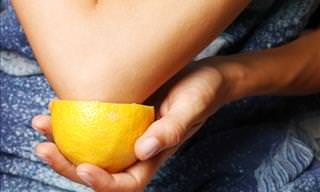
Got Dark Knees and Elbows? 8 Remedies That'll Help
Put an end to dark knees and elbows with these 8 natural remedies.

Book Recommendations: 10 of the Best Reads for Dog Lovers
If your best friend is a dog, then you’ll this list of the best book about dogs.

9 Effective Methods for Removing Oil Stains from Clothes
Oil stains are the greatest enemy, not to mention a nightmare, for anyone who does laundry - but now there's a solution...actually 9 of them!

Guide: Remove All Urine Stains and Smells with Ease
Whether your problem is on the floor, the furniture or worse, the bed, here's what you need to do.

19 Charts about Food and Cooking That Will Come in Handy
These food and cooking charts and guides can come in real handy someday!
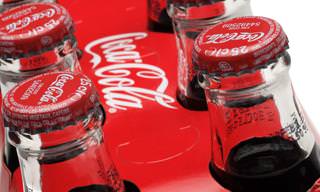
You Can Do So Much More With a Coke Than Just Drinking It!
Coca-Cola is one of the world's favorite sodas, however it can do a whole lot more than refresh you with its sweet taste. Here are 16 of its highly unusual uses

40 Common Tourist Traps to Avoid on Your Next Vacation!
If you're planning a trip abroad, please be aware of these 40 common tourist scams!

9 Useful Face Mask Hacks Everyone Must Know
Tired of your glasses fogging up or not fitting properly when you're wearing a face mask? Read this article for 9 simple solutions...

10 Signs That Someone Has Stolen Your Identity
Identity theft has affected more than 60 million Americans to date. Here are 10 tell-tale signs that someone has stolen your identity.

The 7 Biggest Mistakes You Can Make While Filing Taxes
Tax season is here. Make sure you don’t end up making these filing mistakes.
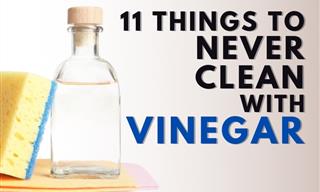
Using Vinegar to Clean These Items Can Really Damage Them
Cleaning these common home surfaces and other items with vinegar can seriously damage them...

9 Common Lawn Problems and How to Fix Them
Here’s how to identify and overcome some common lawn problems.

Learn More About Your Partner By Asking Them These Questions
In a study by psychologist Arthur Aron (and others), they explored whether intimacy between two strangers can be accelerated by having them ask each other a specific series of personal questions. These 36 questions will help you discover some intrigu

7 Common Bank Scams and How to Avoid Them
Banking scams continue to evolve with time, but with proper knowledge you can learn to avoid them.
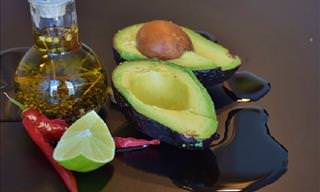
Follow These 3 Easy Steps to Ripen an Avocado in Minutes
This foolproof trick will make your rock hard avocado soft and creamy in mere minutes. Just follow these simple instructions...

An A-Z of Carpet Cleaning - The Ultimate Guide!
There are so many different kinds of carpet stains that it's hard to know how to clean them all. Here is the ultimate A-Z carpet cleaning guide.

Beware! NEVER Put These Things on Your Credit Card
Credit cards might be convenient but there are some cases where you should avoid using them.

How to Manually Repair a Hole in a Sweater and Socks
Learn how to mend the most common holes and tears in your knit sweaters and socks and even in your jeans.
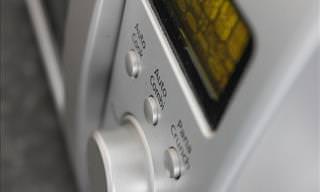
21 Sizzling Hot Microwave Tips To Improve Your Life
The microwave is something we use every day, but did you know how many different ways you can use it? Here are 21 surprising uses.
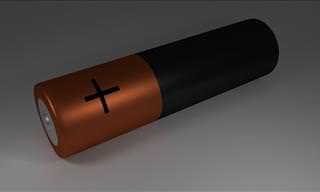 1:30
1:30
Wow, I Never Knew it Was This Easy to Check a Battery!
Did you know you can actually find out if your battery is empty or not? This little tip only takes 2 seconds to do.

Discover the Most Spoken Languages in One Incredible Map!
This map is simply amazing, both informative and a work of art!

How to Remove Rusty and Damaged Screws – 7 Easy Tips
Removing a rusted, stripped, or damaged screw can appear frustrating, but it’s pretty simple. Just follow this guide.
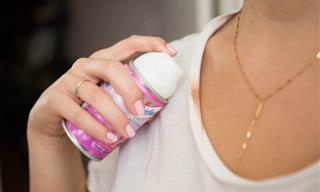
Your Shoes and Clothes Will Not Get Old Any More...
These 20 tips & tricks will help you keep your clothes and shoes looking as spotless as can be, so you can beat stains, spills and crumples in no time at all.
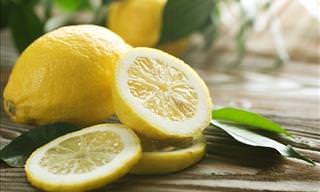
7 Ways Lemons Can Make Your Life a Whole Lot Easier!
Here you'll discover seven surprising ways how you can use lemons and lemon juice to make your life cleaner and easier.

NEVER Pop These 7 Types of Bumps and Blemishes
When it comes to bumps and blemishes, keep your hands off. Keep your complexion fresh and flawless with these handy tips.

7 Mistakes We Generally Make While Arranging Furniture
Here's a look at some furniture arranging mistakes you should always avoid and how you can fix them.
 5:09
5:09
Woah! Who Knew There was a Correct Way to Cut a Cake?
When it comes down to cutting a cake, there is supposedly a right and wrong way. In this video, Alex Bellos talks us through the right way.
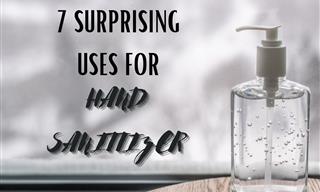
7 Important and Surprising Uses for Hand Sanitizer
As hand sanititzer has become a household staple now, here are 7 surprising handy uses of it you should know
 6:49
6:49
Video Tutorial: How to Speak More Clearly
In this video, we will learn how to speak clearly and so we are easily understood.
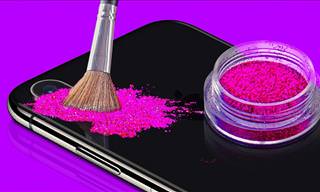 12:52
12:52
27 New Life Hacks and DIY Ideas For Your Home
Here are 27 fresh DIY ideas chosen especially for our crafty readers, with some handy wellness tricks sprinkled through the video as well
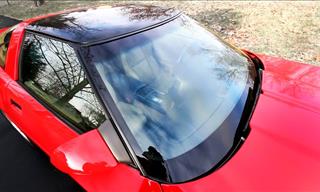 8:26
8:26
How to DEEP CLEAN Your Windshield Perfectly
Clean windshields are not just nice to looks at but also important for your safety! So if it's time to give your windshield a scrub, check out these important tips.

7 Basic Winter Travel Mistakes and How to Avoid Them
These are the missteps you want to avoid when traveling in the winter.
 6:01
6:01
I Usually Wake Up 3 A.M. to Pee. What's The Reason?
Do you find yourself waking up at around 3 a.m. every other night to pee? There’s a reason for it.
 5:26
5:26
Ten Genius Christmas Life Hacks You Surely Never Thought Of
The DIY solutions you always needed for this time of year...

11 Spring Cleaning Mistakes You're Making Every Year
Most people make these spring cleaning mistakes. Do you, too?

How to Clean BETWEEN the Oven's Glass Panels
Here is a neat trick you can use to make sure that this troublesome gap is kept free of dirt and filth so that your oven door remains spotless!

Watch: A Simple Breathing Technique to Reduce Stress
This is a slow breathing exercise which works wonders for those anxiety-filled situations you just can't control.



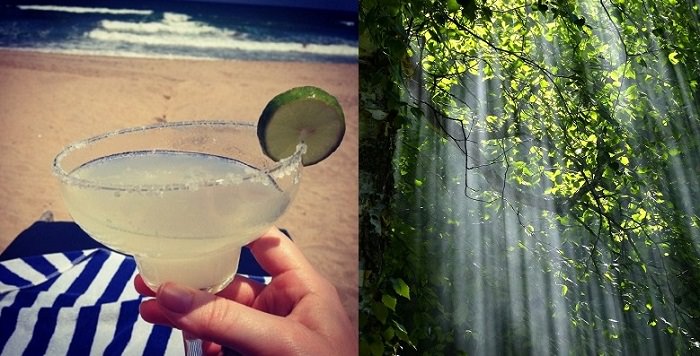
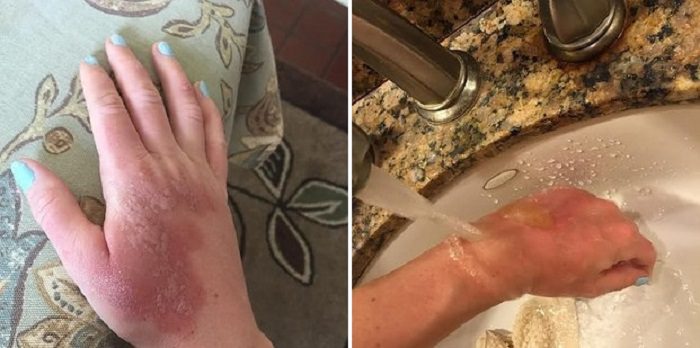

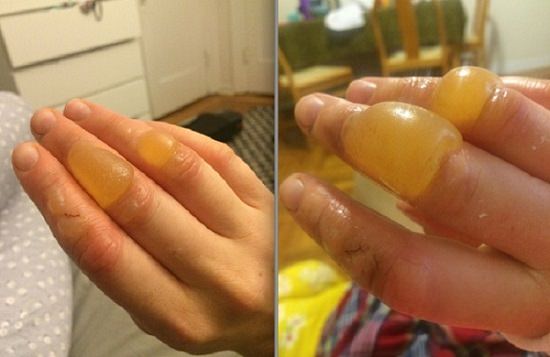
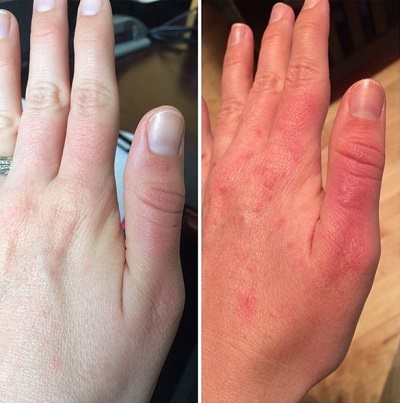

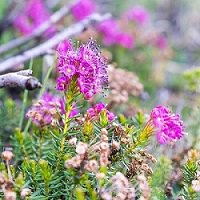 Other triggers:
Other triggers: